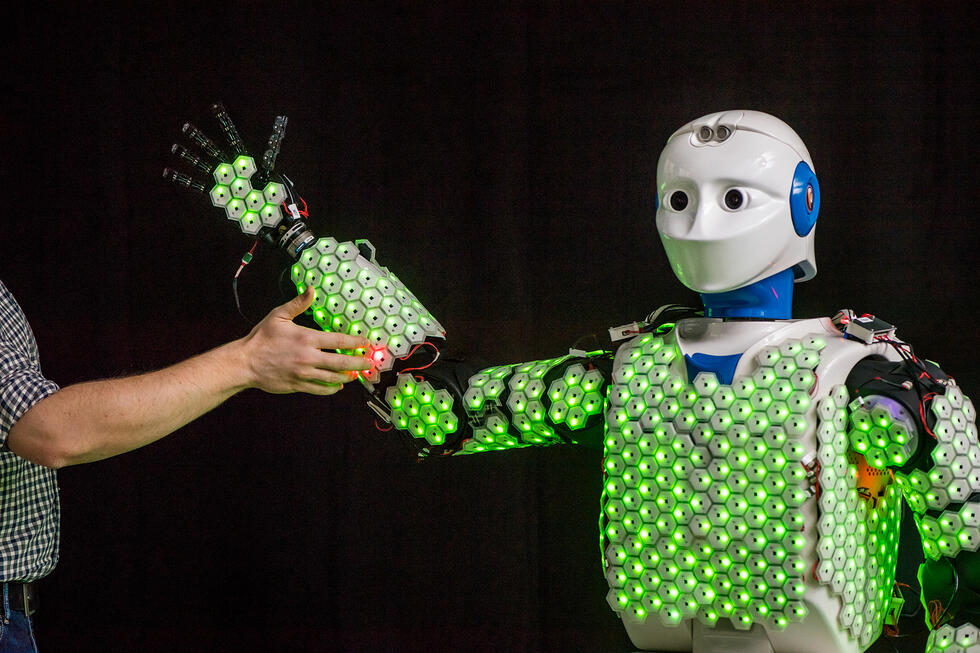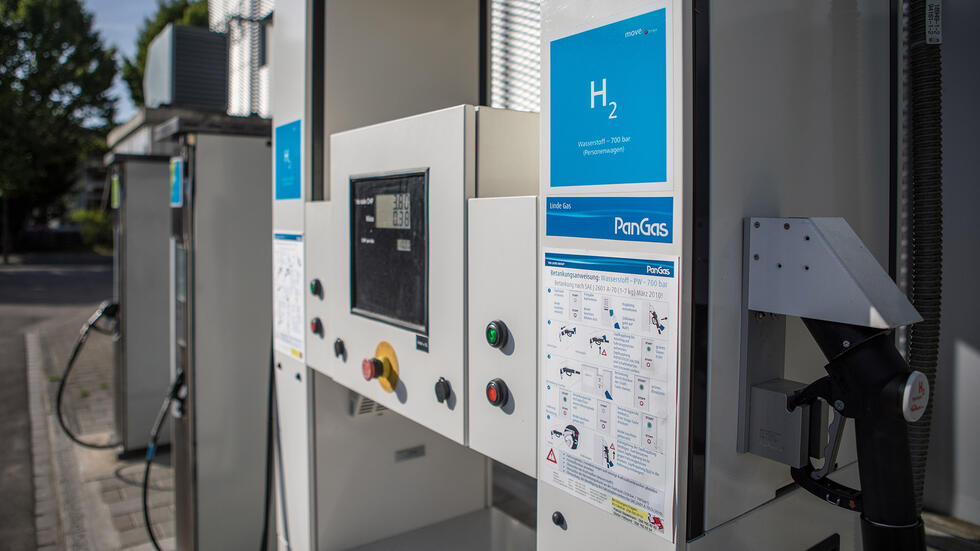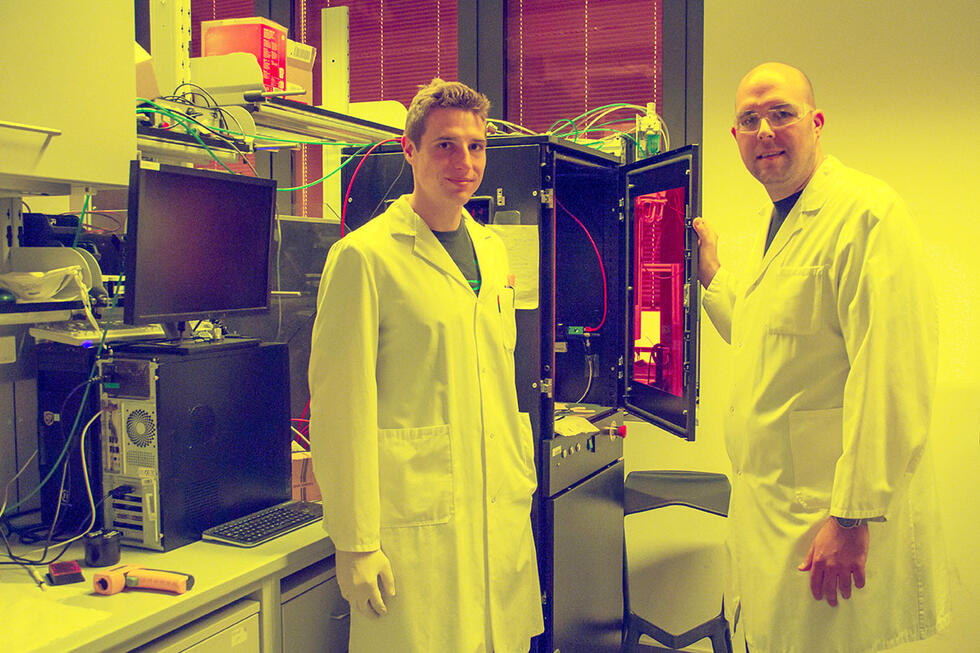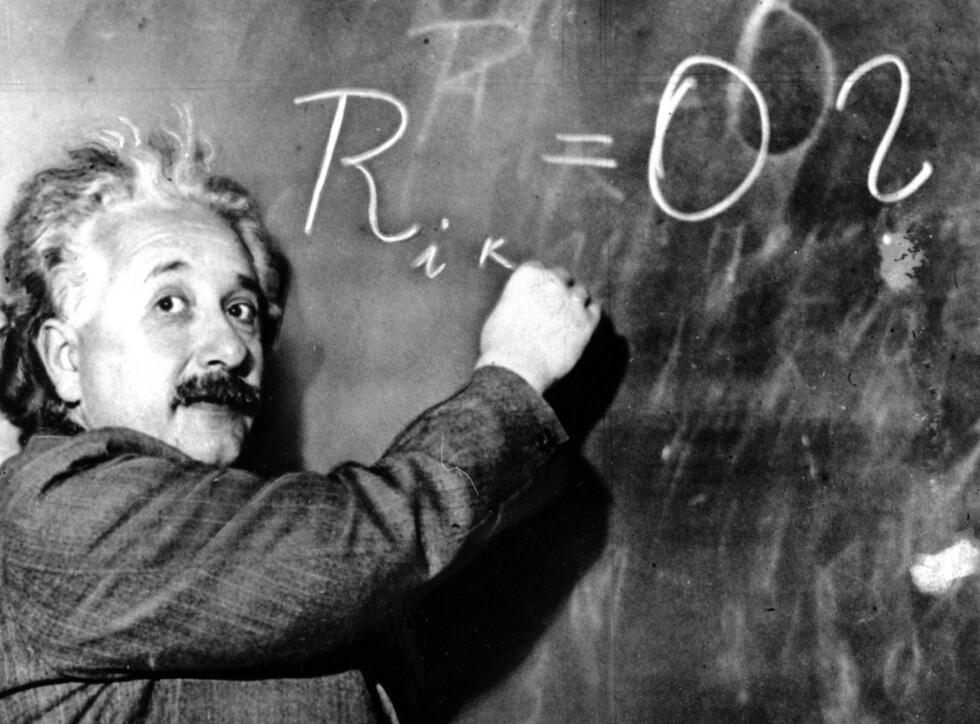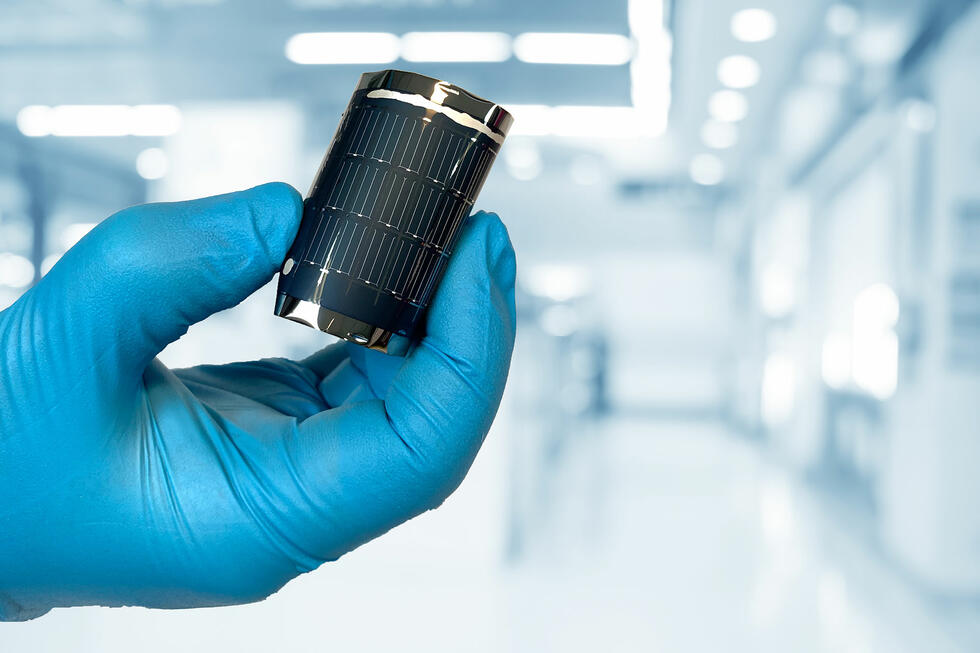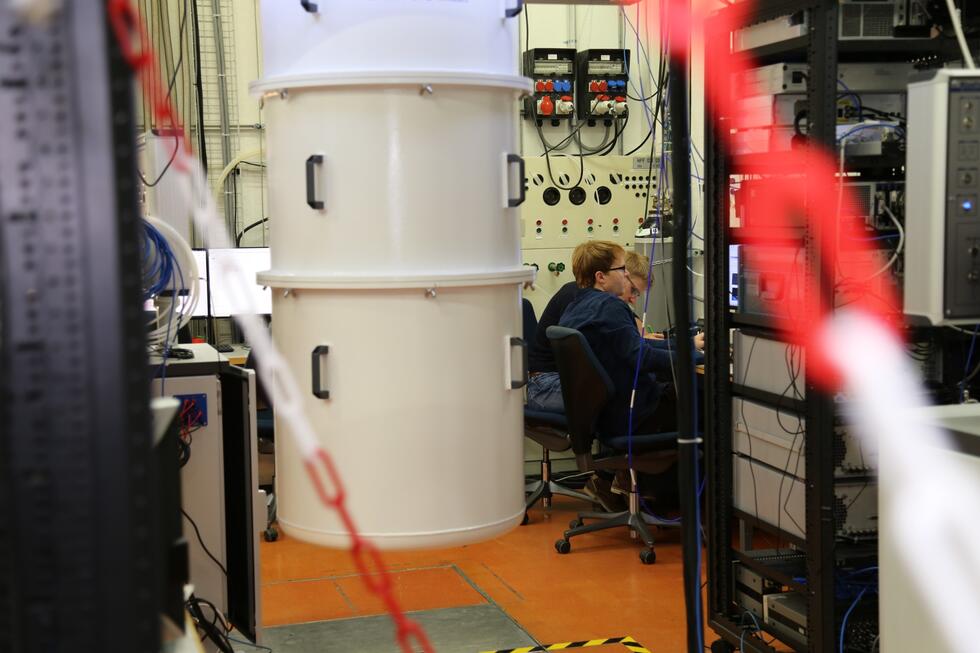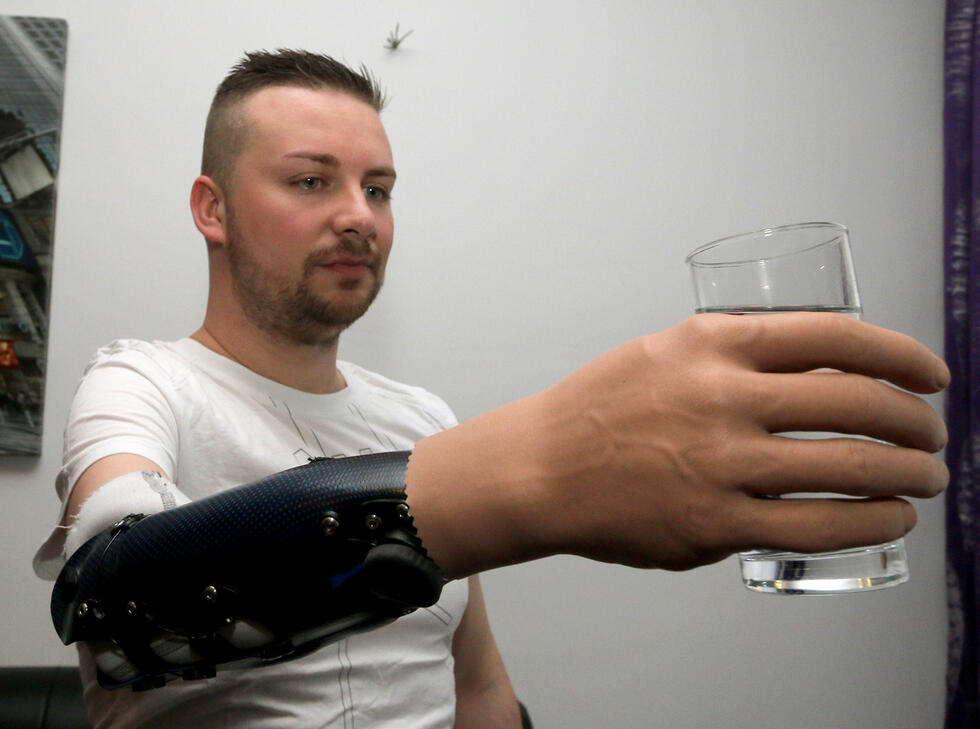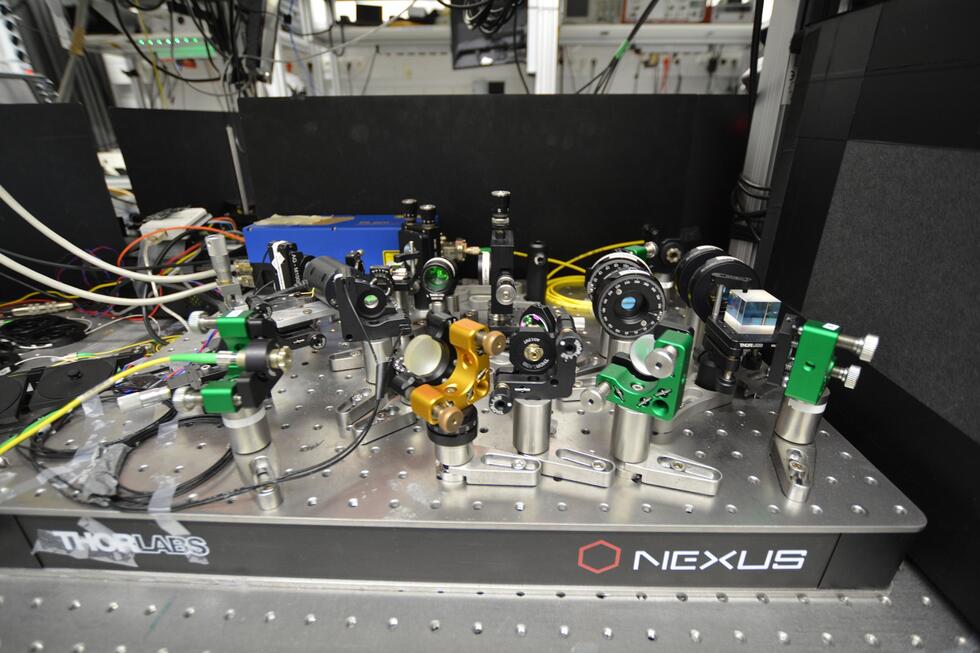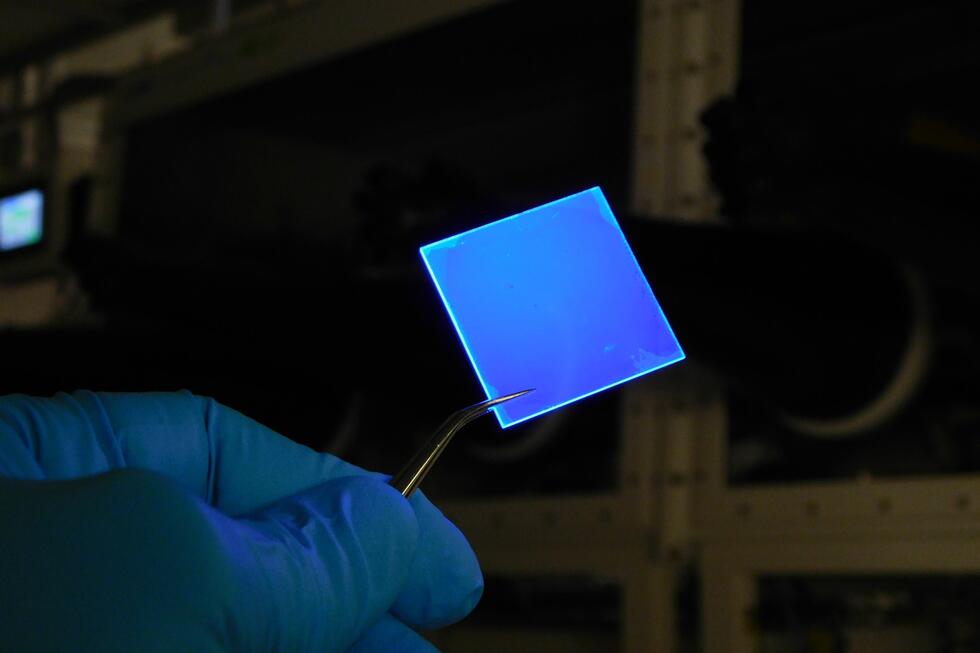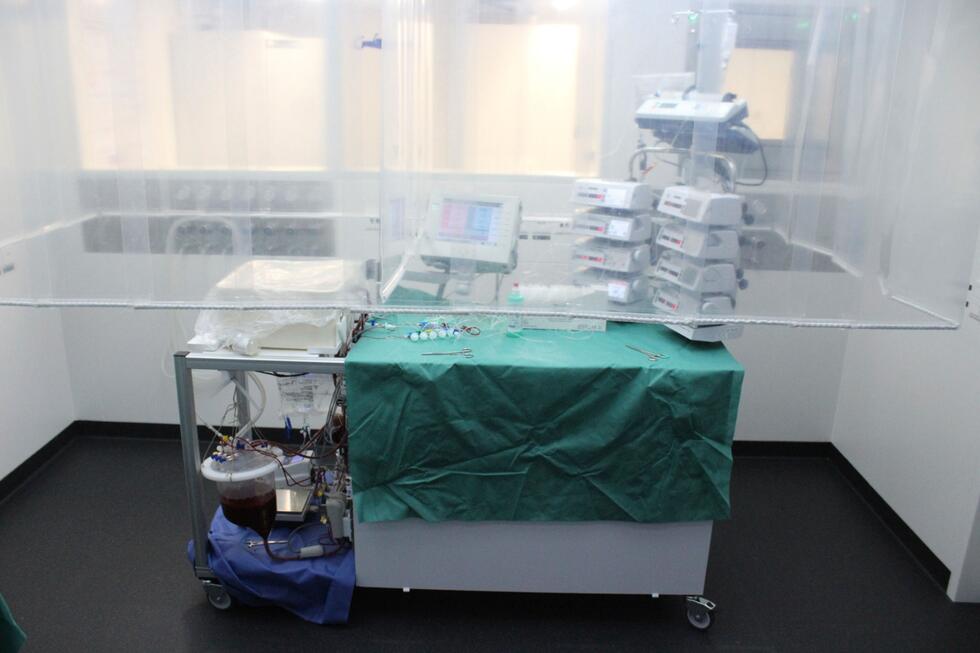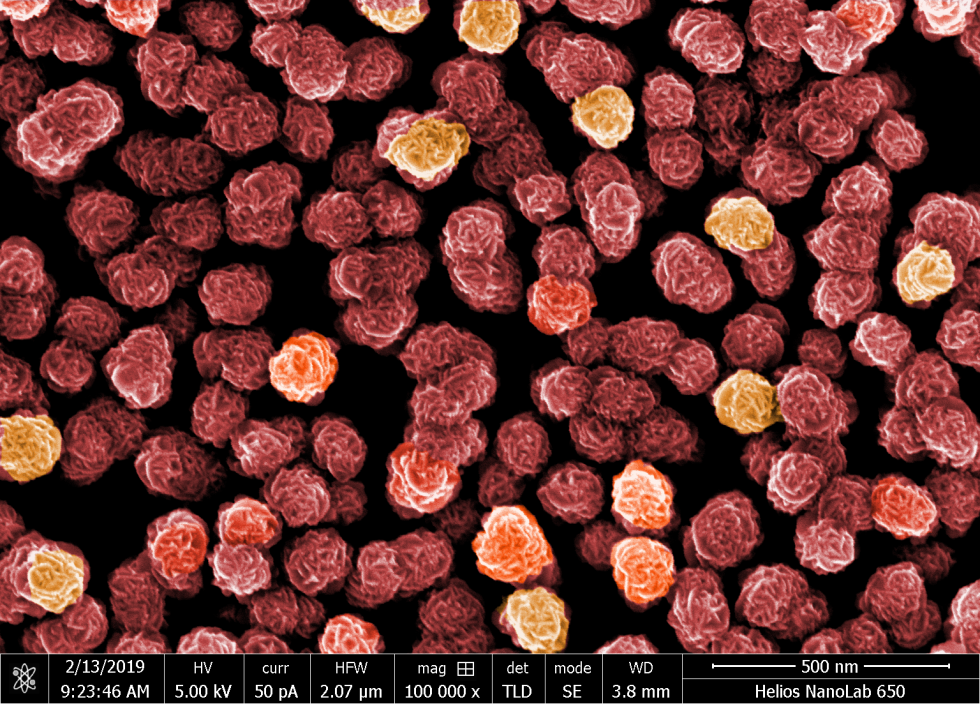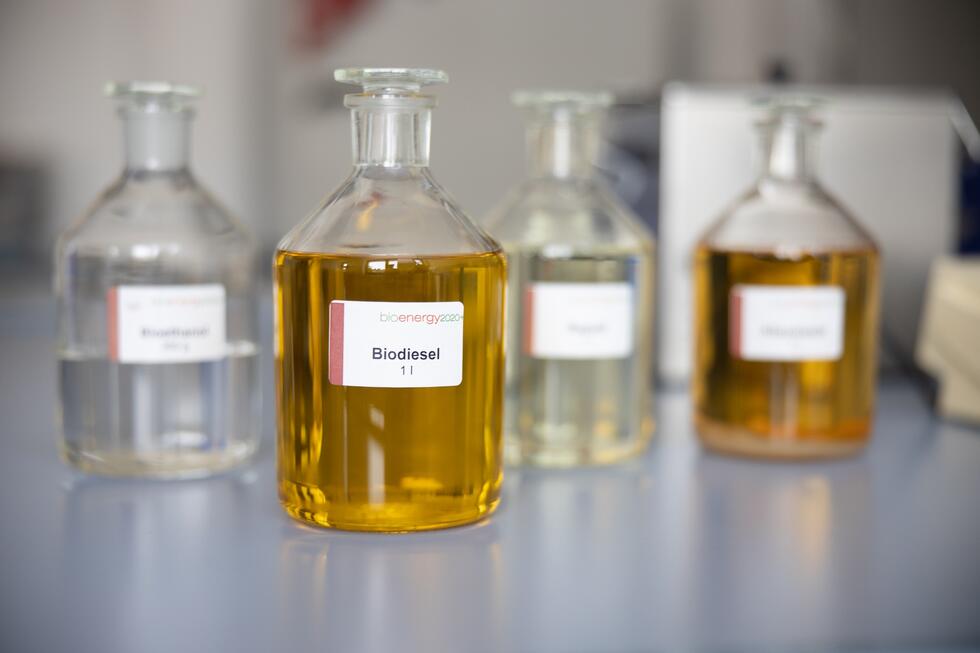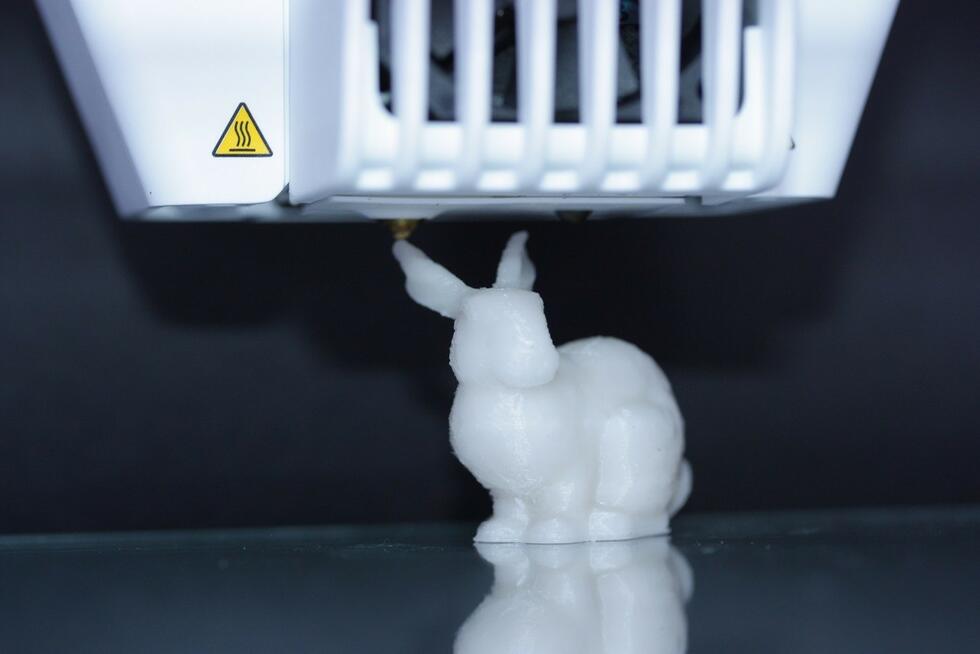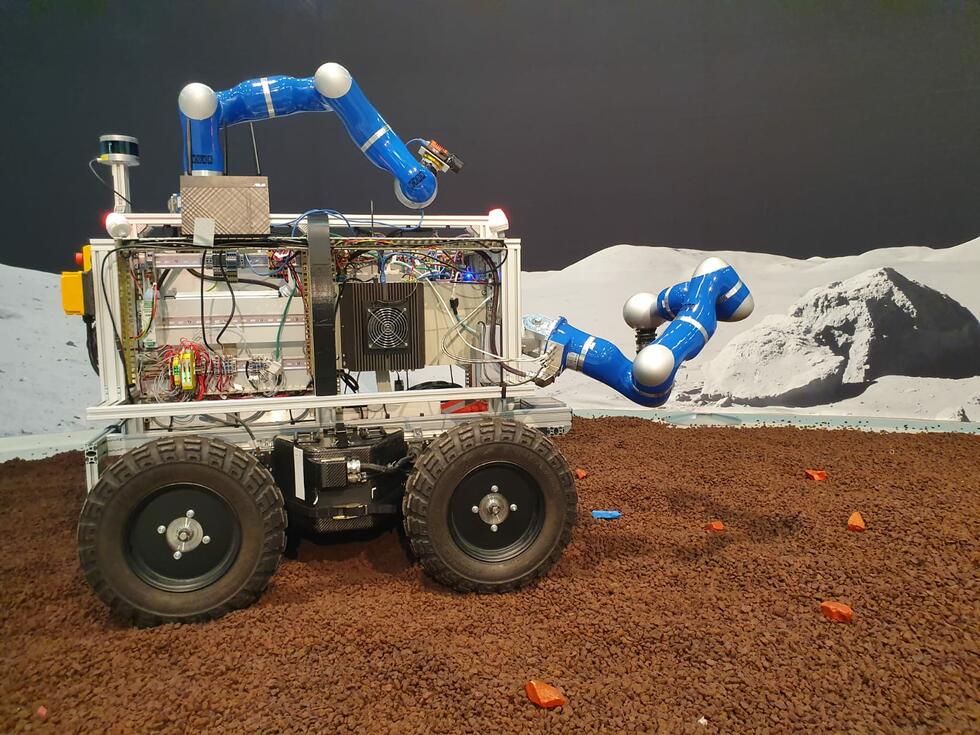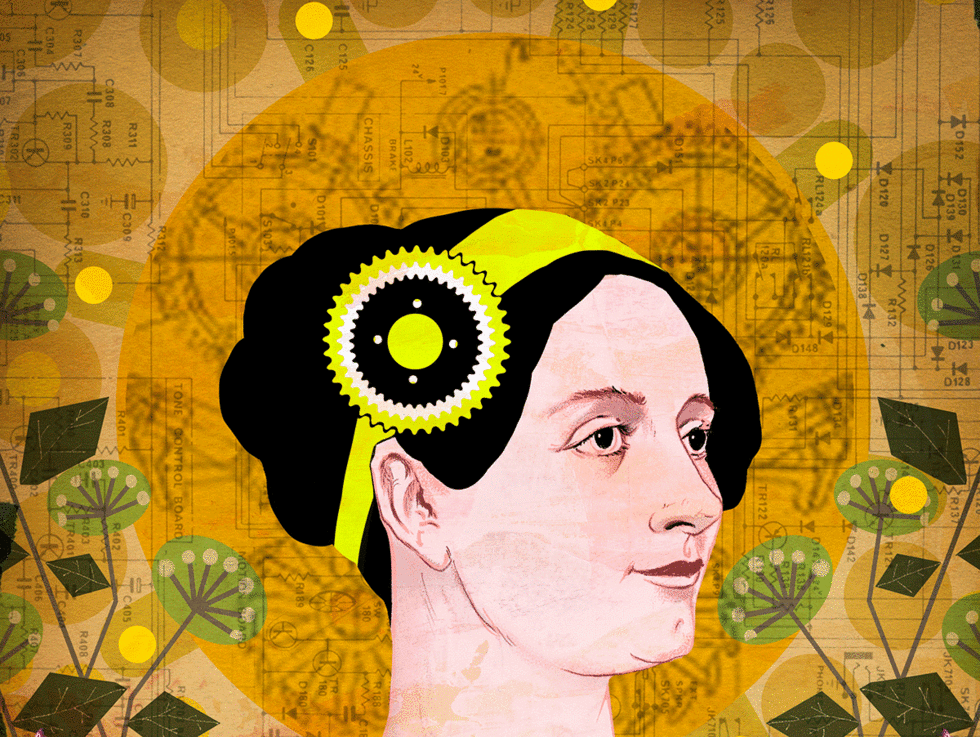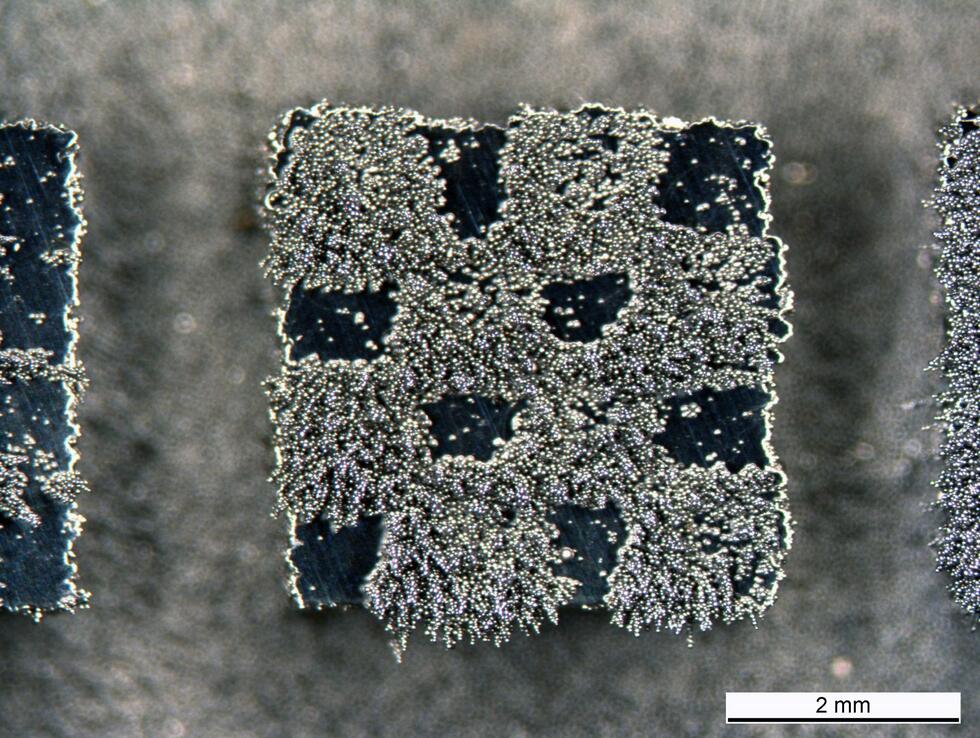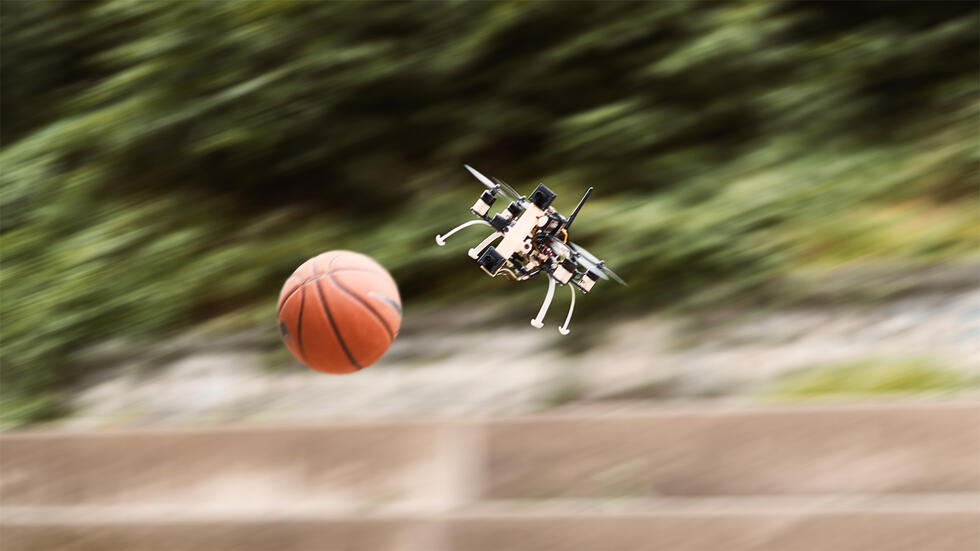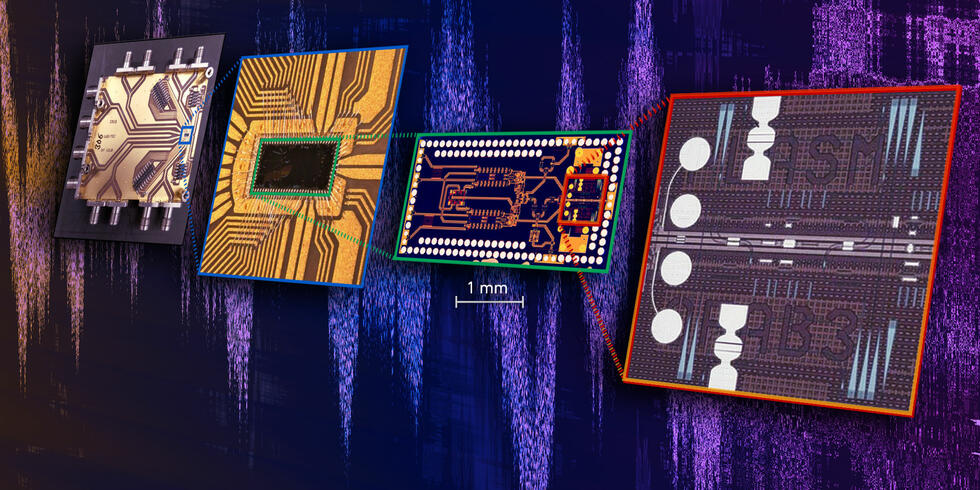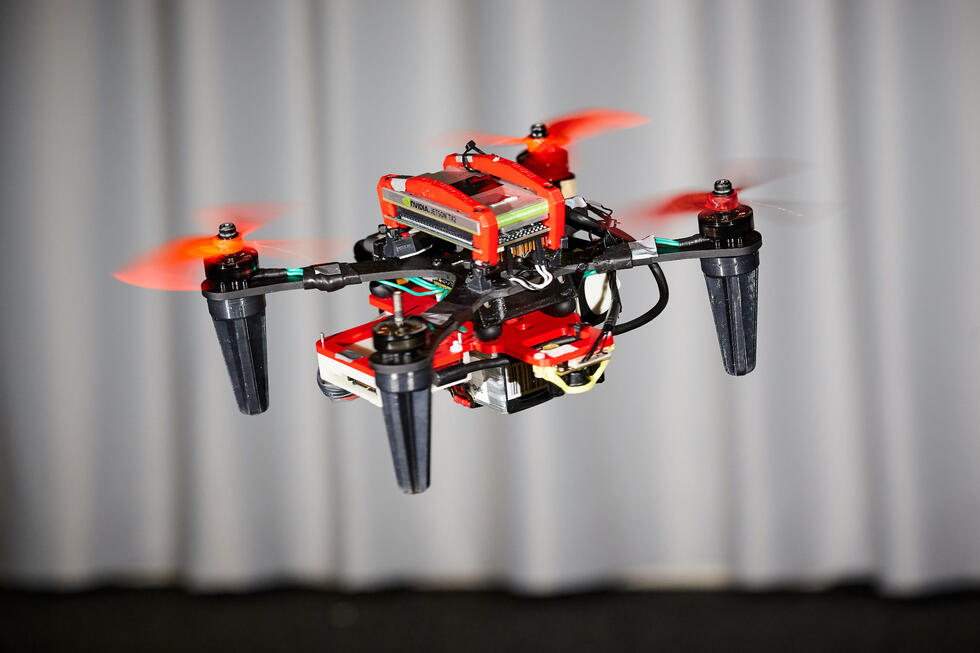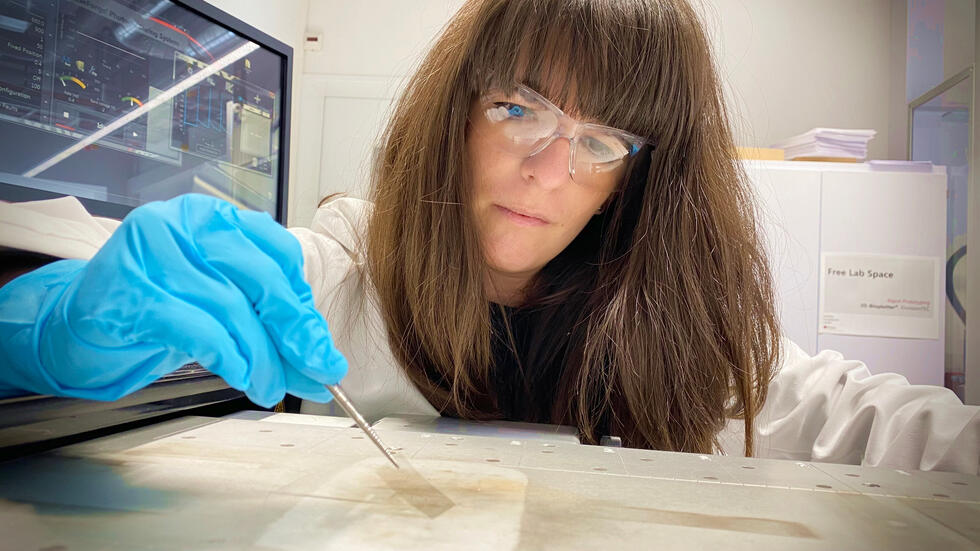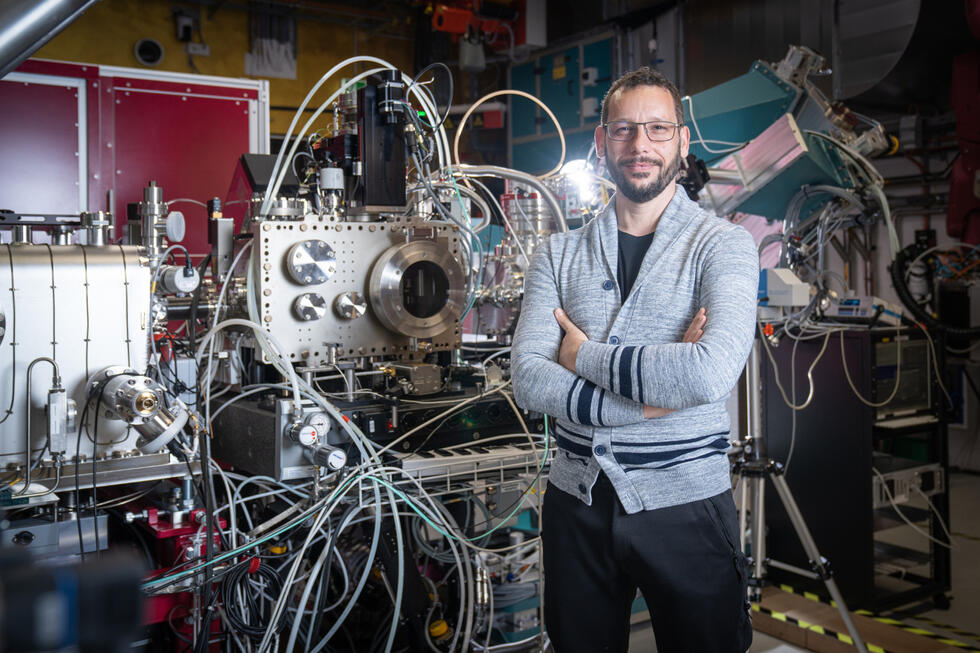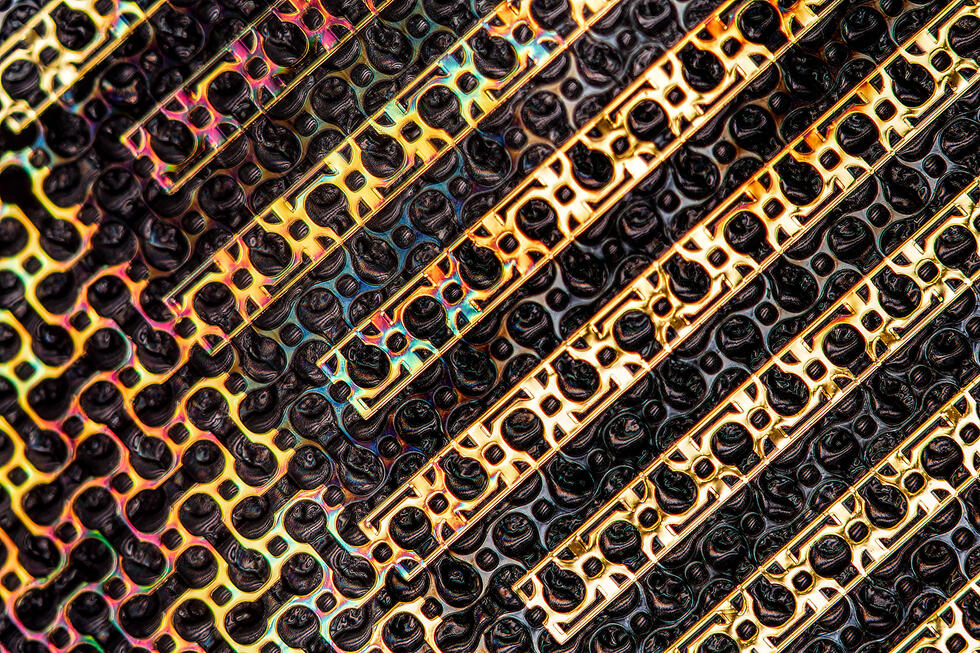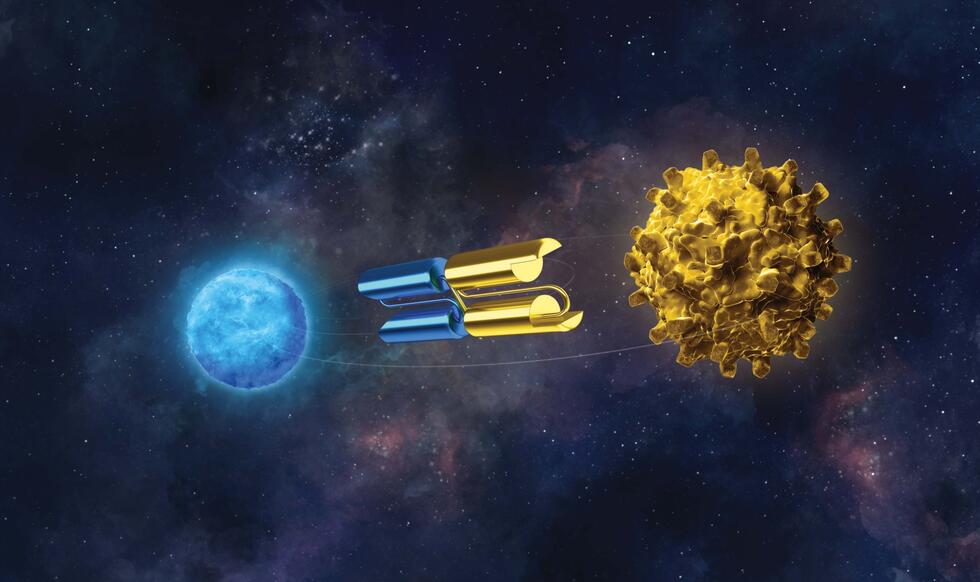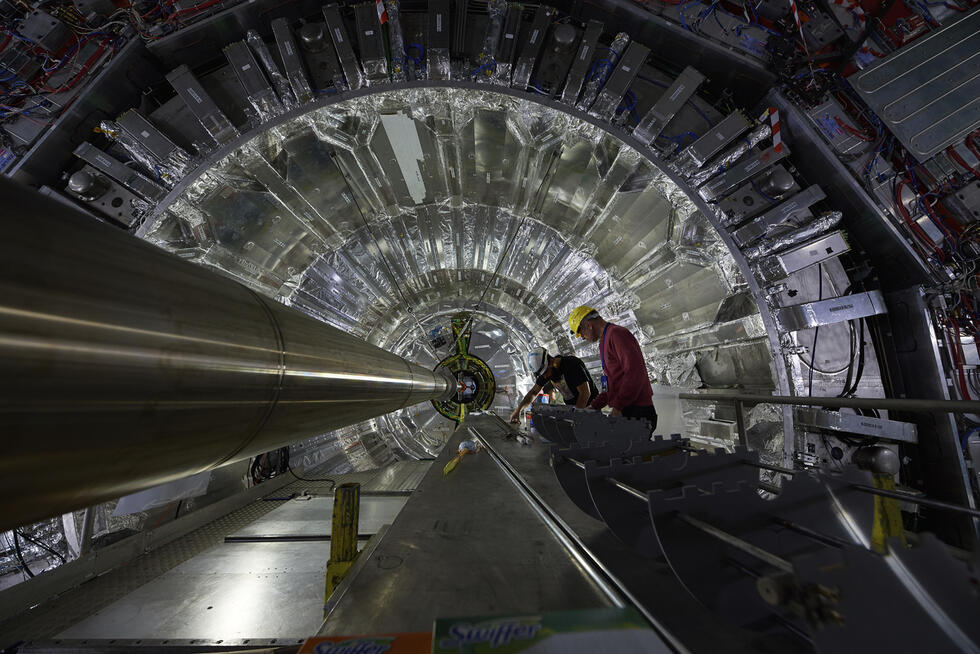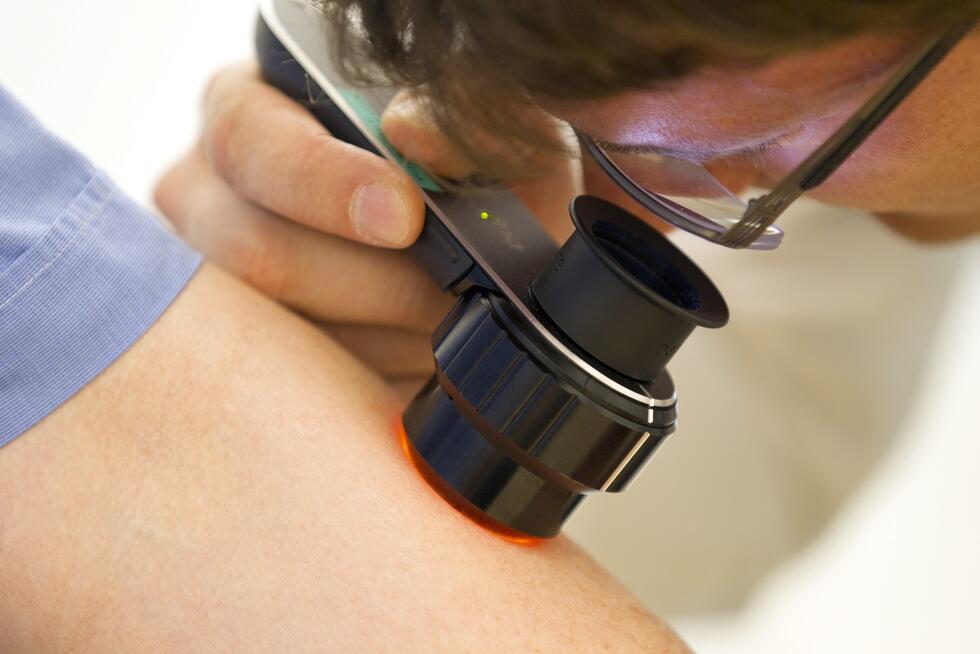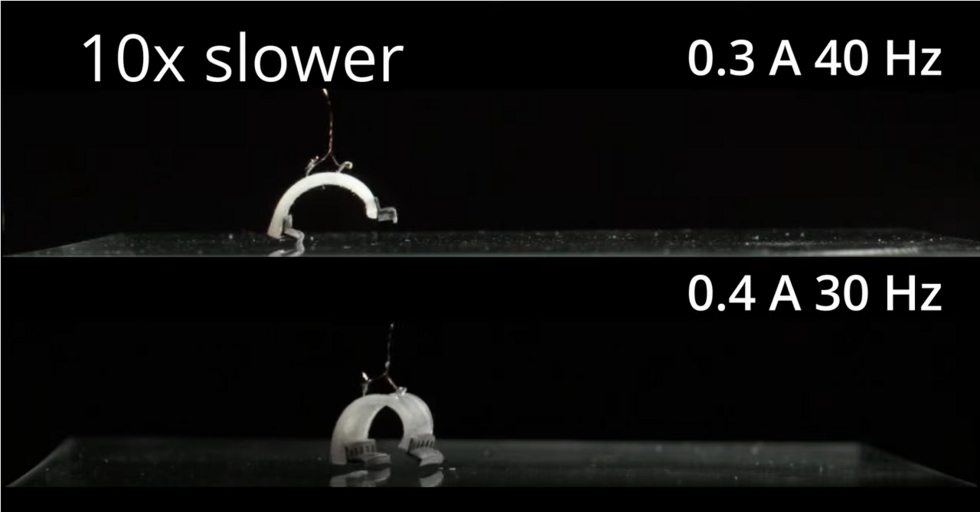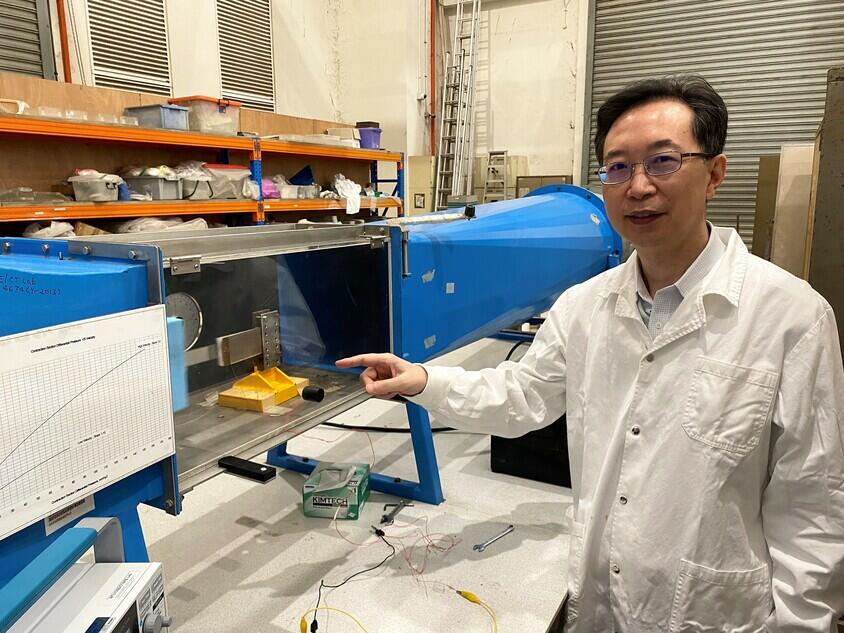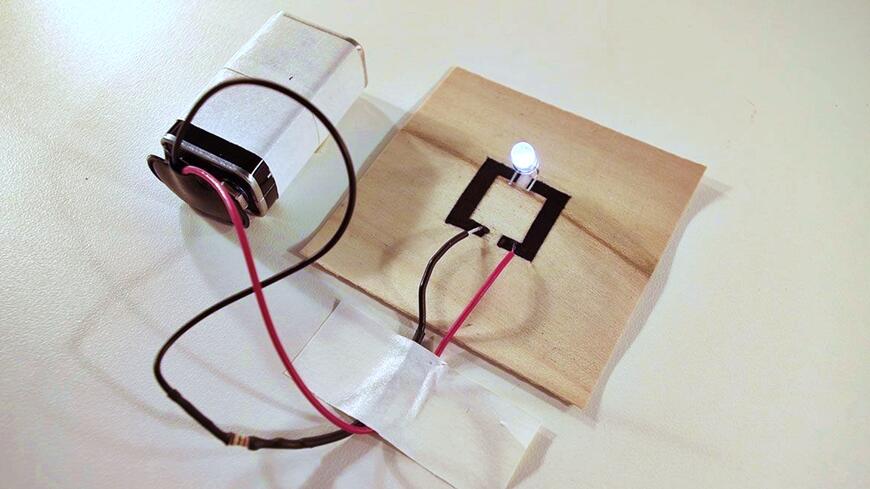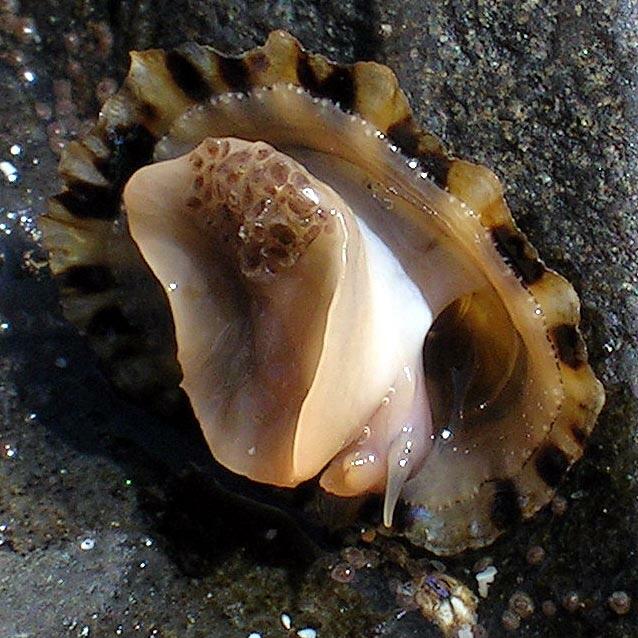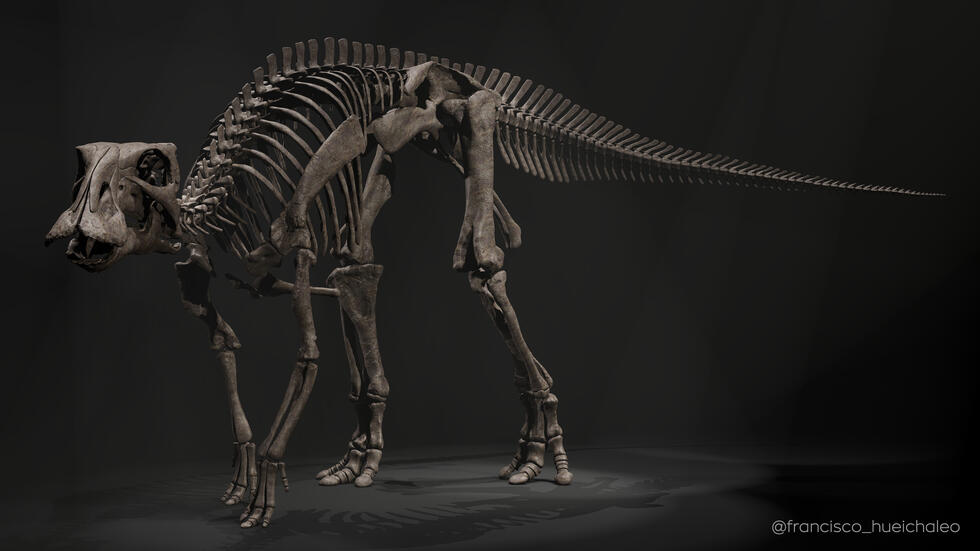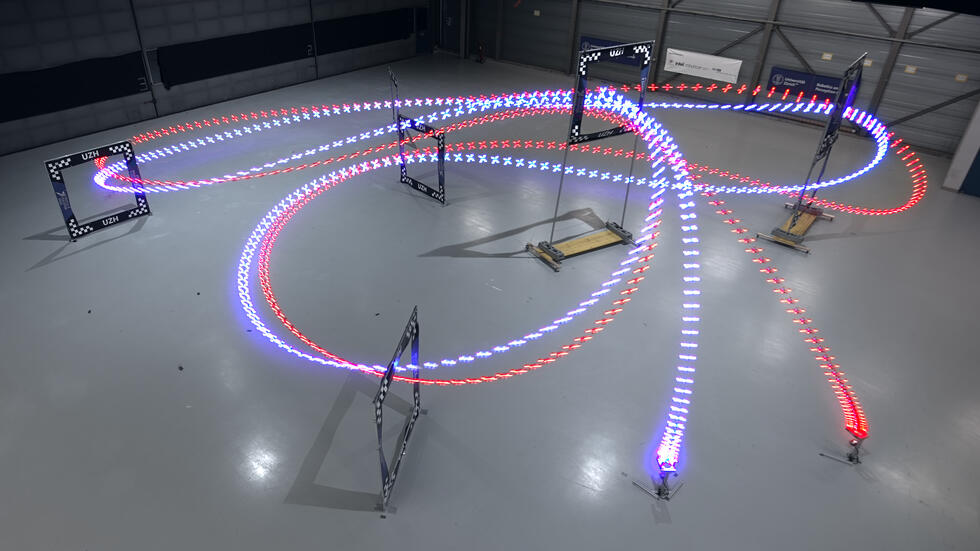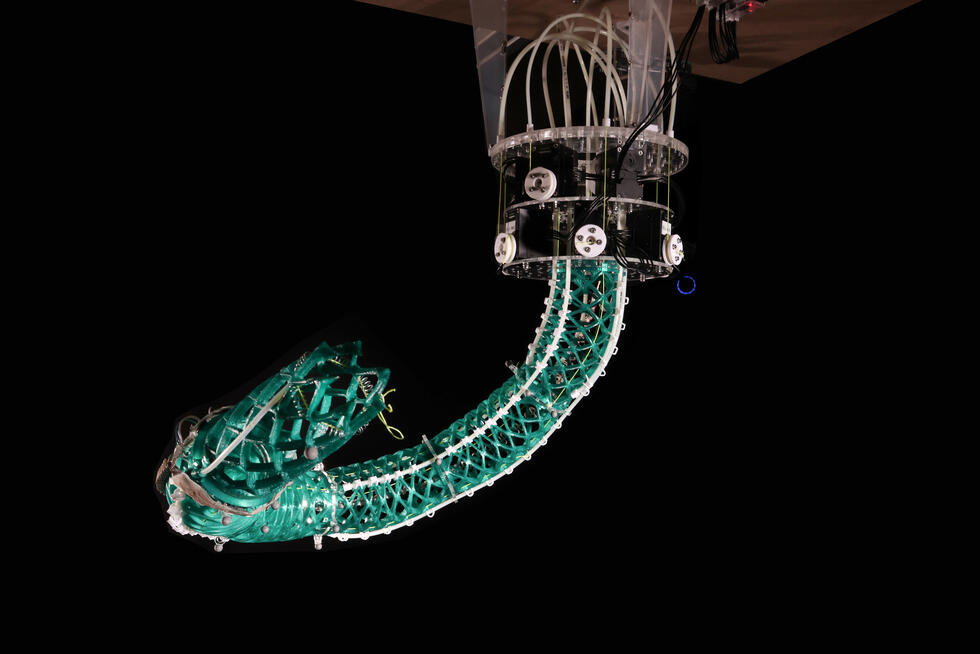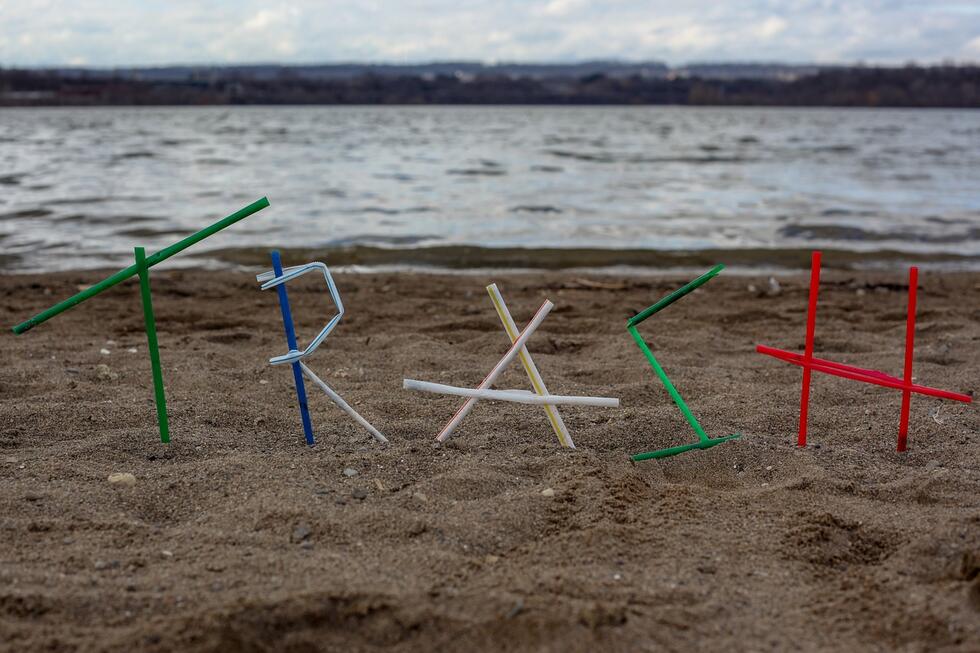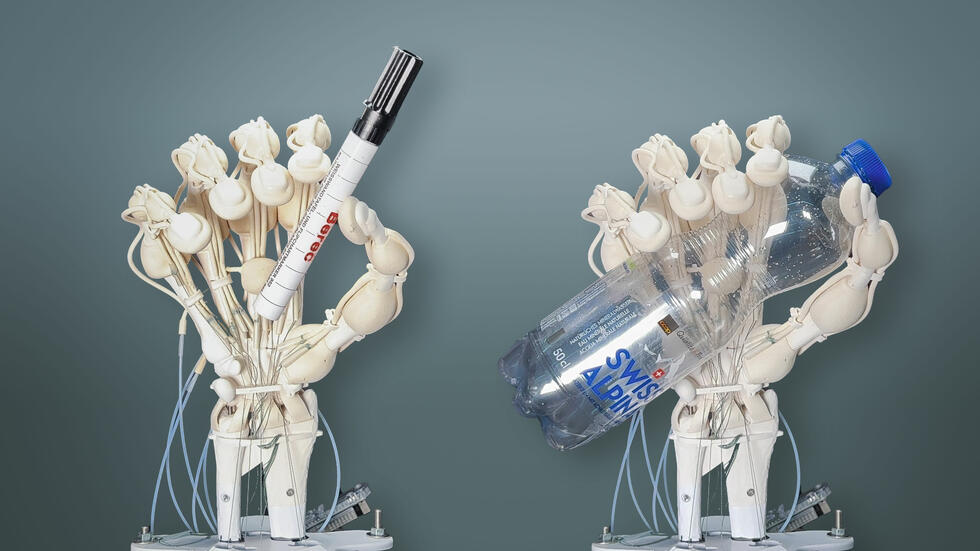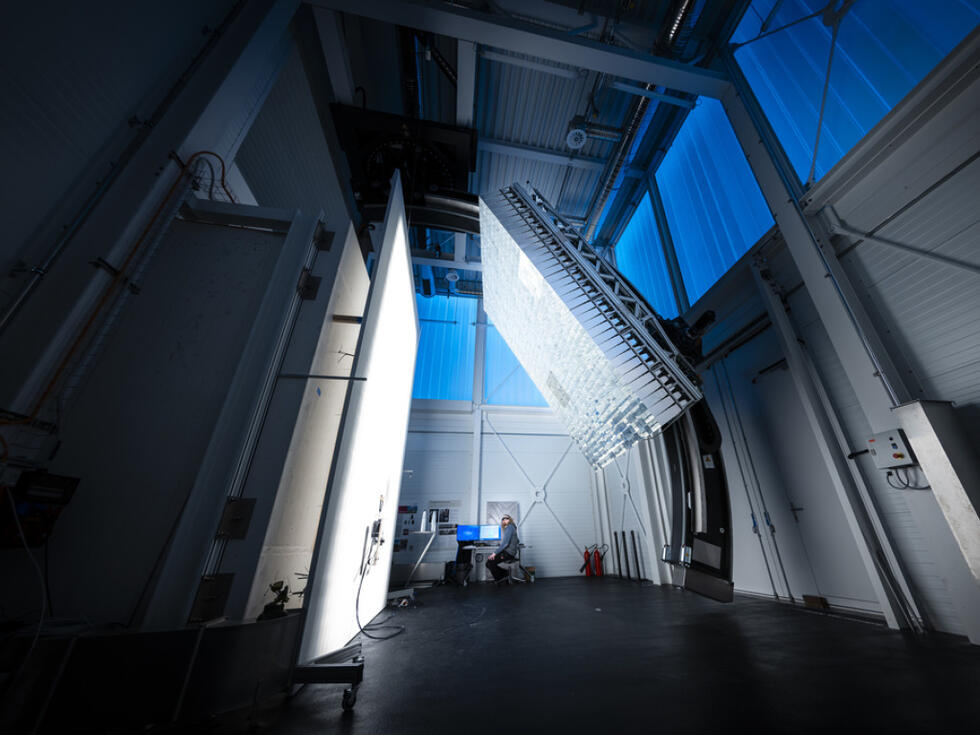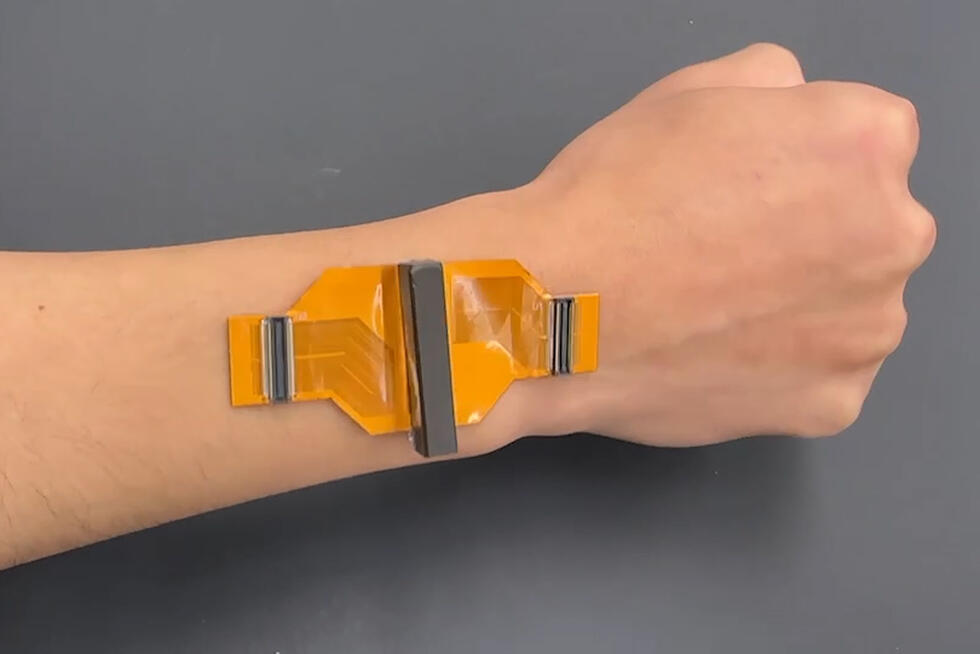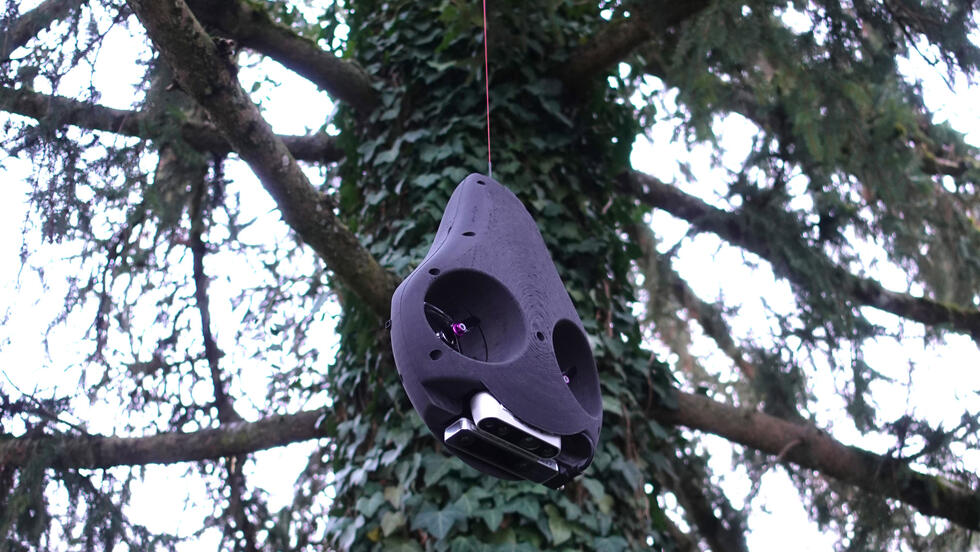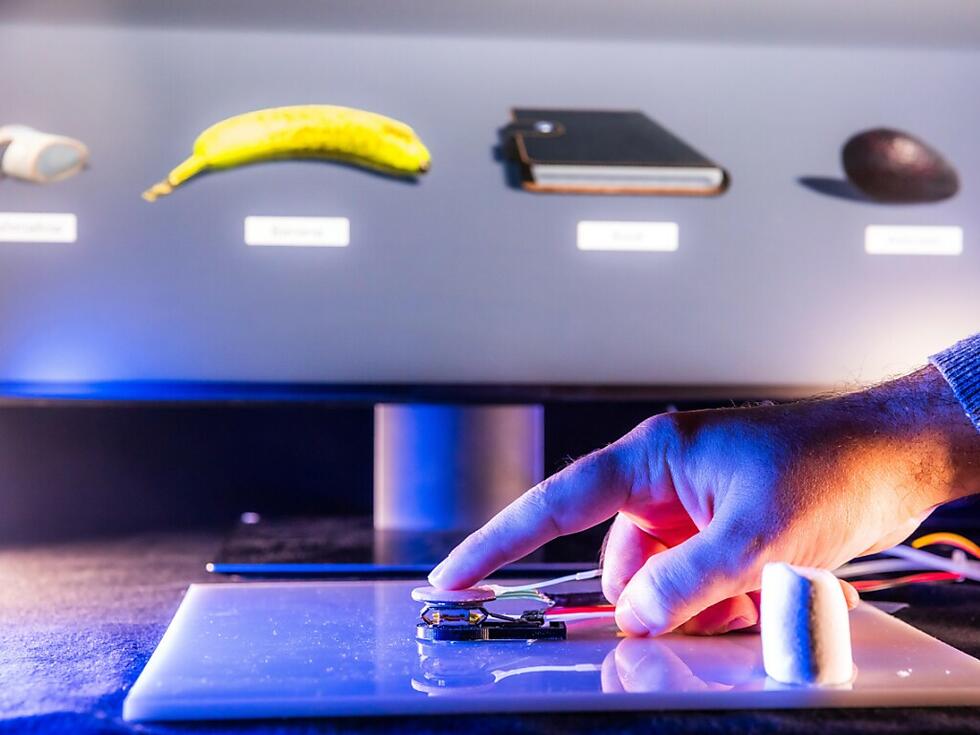SHORT NEWS
Creation of the first ever levitated massive particle with quantum properties
For the first time ever, physicists in Vienna have succeeded in creating a levitated solid-state object with quantum properties.
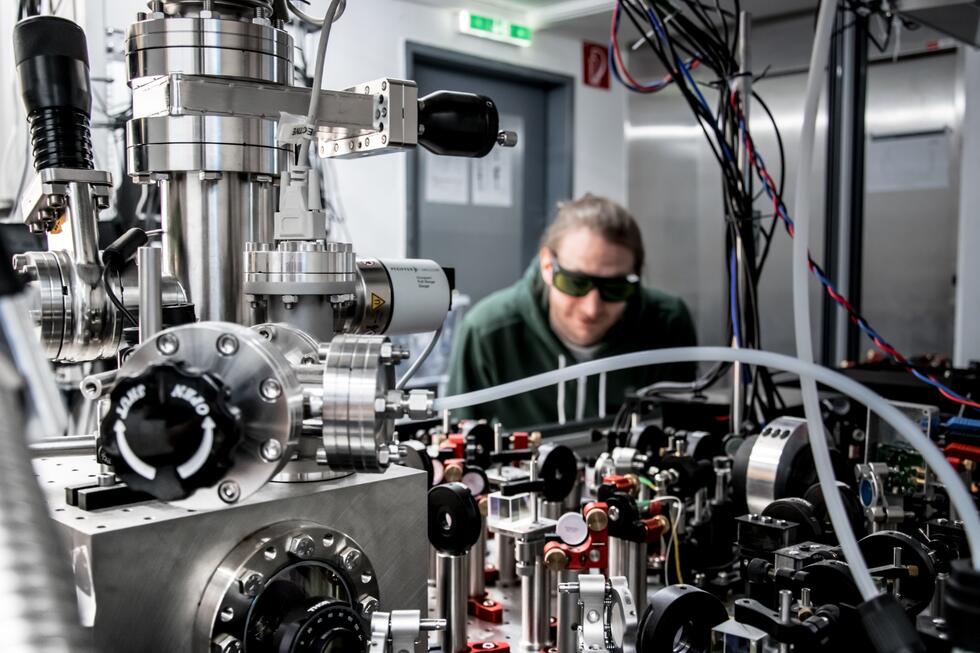
Using laser light, the scientists were not only able to make a tiny glass bead float, but also to cool it down to such an extent that its movement no longer adheres to the laws of conventional physics, but to those of quantum physics, they report in the “Science” journal.
The quantum properties of individual atoms can be controlled and manipulated fairly simply using laser light. Even clouds of atoms consisting of hundreds of millions of particles can be cooled to such an extent that they can no longer be defined in a conventional way, but only using the Schrödinger equation, i.e. quantum physics – scientists call this the “quantum regime”.
Until now, however, this has not been possible with particles, which have a much higher density. The reason is the strong bond between atoms that are firmly seated in the crystalline lattice and that move in unison, says Markus Aspelmeyer from the Faculty of Physics at the University of Vienna and the Institute of Quantum Optics and Quantum Information at the Academy of Sciences.
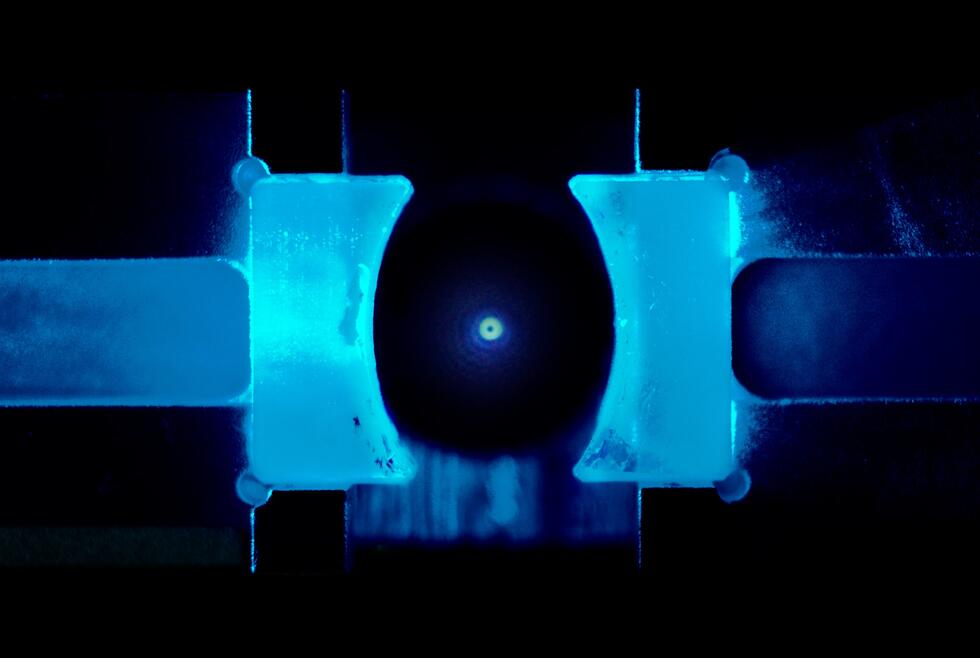
Disabling all external influences
In order to achieve quantum control over a solid-state object, it must, to the greatest extent possible, be isolated from external influences. At the same time, practically all thermal energy must be eliminated from its movement. Quantum mechanics only becomes dominant very close to the absolute zero temperature (minus 273.15 degrees Celsius).
For their experiment, the physicists used a small glass bead, approximately one thousand times smaller than a grain of sand, which nevertheless consists of several hundred million atoms. In order to insulate it from its environment, it is held in suspension in a strong vacuum using a highly focused laser beam and simultaneously cooled by the laser light.
Markus Aspelmeyer and his Viennese colleague Markus Arndt already demonstrated in 2013 that nanoparticles of glass can be suspended and cooled in the light field created by an optical resonator. Until now, however, this has only ever enabled temperatures far above absolute zero to be achieved.
The art of cooling
In collaboration with colleagues from the Massachusetts Institute of Technology (MIT), the physicists enhanced this experimental setup, implementing earlier concepts proposed by physicists from Innsbruck and Stanford. To put it simply, the glass bead is positioned between two mirrors. The laser light used to capture it is scattered by the particle while exchanging mechanical energy with the particle.
By precisely adjusting the distance between the mirrors to the wavelength of the laser light, these scattering processes, during which kinetic energy is extracted from the bead, can be enhanced. In contrast to earlier experiments, it is no longer necessary to use a second optical field for cooling, which allows much lower final temperatures to be achieved.
In this way, the researchers succeeded in cooling the kinetic energy of the glass bead to just 0.00001 degrees Celsius above absolute zero, so that it behaves like a quantum particle. For the bead, this creates a curious situation: The laser heats its surface to 300 degrees Celsius, “but the kinetic energy is equivalent to minus 273 degrees Celsius”, Markus Aspelmeyer explains.
Field of application: measurement technology
According to Markus Aspelmeyer, a levitated particle with quantum properties is a “cool toolbox” that opens up an incredibly rich range of options. It would be conceivable, for example, to develop a new type of highly sensitive test bed, to investigate fundamental processes of thermal engines in the quantum regime or quantum phenomena with large masses.




